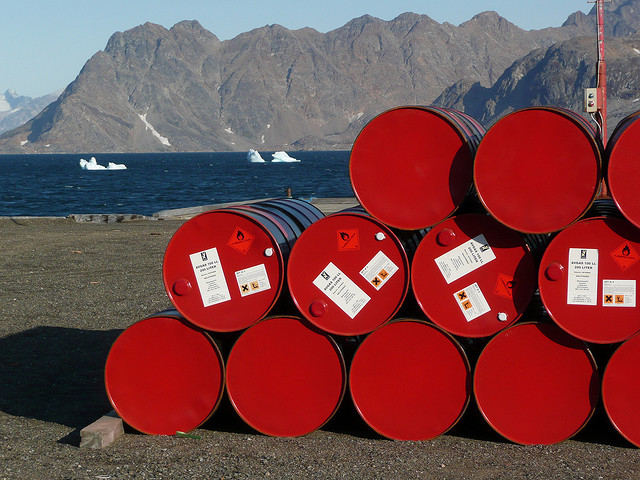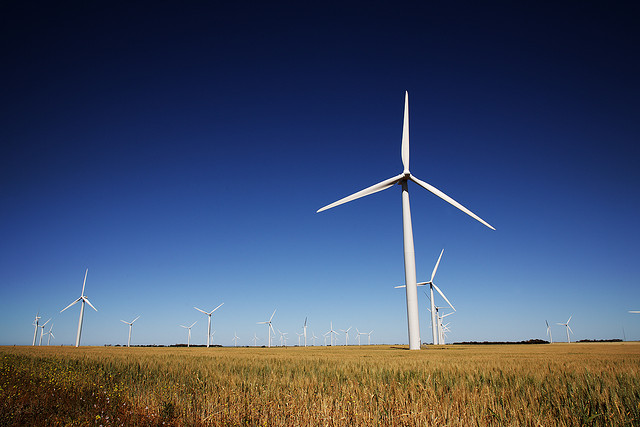Pension360 has extensively covered the controversy around fossil fuel divestment – even organizations committed to sustainable investing are split on whether pension funds should divest from fossil fuel assets.
But it’s interesting to hear the take of a oil executive. The Financial Times asked Nigel Costeloe of North Country Energy for his opinion on fossil fuel divestment:
“I understand the sentiment and emotion of wanting to be good to mother earth and only use renewables. However, it cannot happen overnight or in our lifetime. There is no replacement for petrol as a transportation fuel at this time and the third world is developing rapidly and with that goes their demand for energy.
“[Given] the size in a financial sense of the coal industry (not to mention the political sense; many US coal states are Democrat and President Obama and his successors are unlikely to beat them up too badly), if they see their market share significantly decrease, they have billions of dollars to invest in clean technology.
“Oil and gas companies are not stupid either; they are making investments in other technologies. BP is no longer British Petroleum, as one of their stated ambitions is to move beyond petroleum, so they are major players in technology.
“Even if we could get enough renewables to supply us, the electrical grid is nowhere near capable of handling all the cars and trucks plugged in to charge batteries, [and there are] environmental issues around battery making and disposal.
“Lastly, even environmentalists agree that natural gas is a decent transition from coal and oil to something more renewable.”
Read more coverage of divestment here.
Photo by ezioman via Flickr CC License

